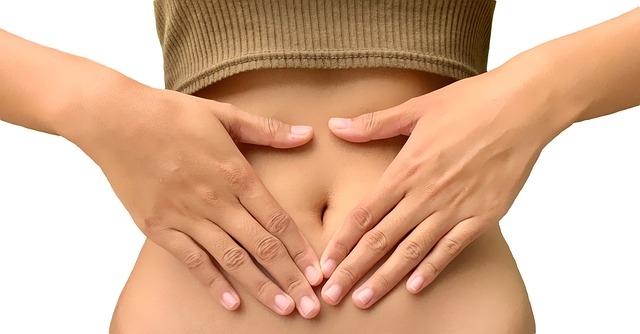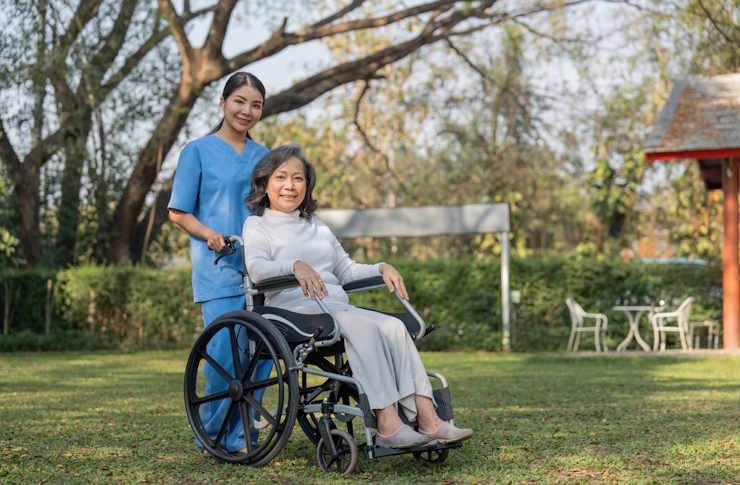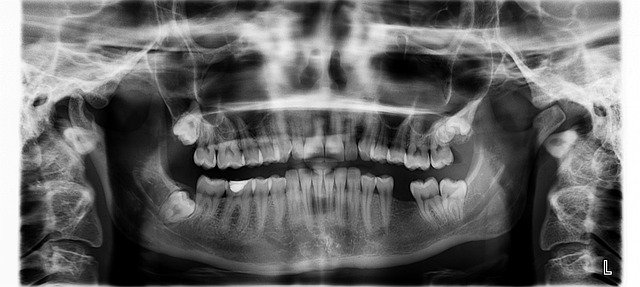Non-Invasive Fat Reduction: Modern Methods That Actually Work
Modern fat reduction technology has revolutionized how people approach body contouring without the risks and downtime of traditional surgery. From ultrasound treatments to cryolipolysis, non-invasive methods offer promising alternatives for those seeking to eliminate stubborn fat deposits. Understanding these options, their effectiveness, and which might work best for your specific goals is essential before making any commitment to treatment.

What Are the Most Effective Non-Invasive Fat Reduction Methods?
Several scientifically-backed technologies lead the market for non-surgical fat removal. Cryolipolysis, commonly known as CoolSculpting, uses controlled cooling to freeze and eliminate fat cells permanently. High-Intensity Focused Ultrasound (HIFU) targets fat layers with precise acoustic energy. Radiofrequency treatments like Vanquish heat fat cells to destruction, while laser lipolysis uses targeted light energy for similar results.
Each method works differently but shares the same principle: destroying fat cells that your body naturally eliminates over time. Treatment sessions typically range from 30 minutes to two hours, with most patients returning to normal activities immediately. Results become visible within 6-12 weeks as the body processes eliminated fat cells.
How Effective Is Ultrasound Fat Reduction?
Ultrasound fat reduction demonstrates impressive clinical results when performed correctly. Studies show patients can achieve 20-25% fat reduction in treated areas after a single session. The technology uses focused ultrasound waves that penetrate skin to reach fat layers without damaging surrounding tissues.
Treatment effectiveness depends on several factors including fat thickness, skin elasticity, and individual metabolism. Areas with pinchable fat respond better than dense, fibrous deposits. Most patients see optimal results 8-12 weeks post-treatment, though some notice changes within 4 weeks. Multiple sessions may be recommended for enhanced results, typically spaced 6-8 weeks apart.
The procedure works best on areas like the abdomen, flanks, thighs, and upper arms. Patient satisfaction rates hover around 85-90% when realistic expectations are set beforehand.
What Factors Should Be Considered When Choosing a Fat Reduction Method?
Your ideal fat reduction method depends on multiple personal and physical factors. Body composition plays a crucial role – candidates should be within 20-30 pounds of their ideal weight with good skin elasticity. Areas of concern matter too, as different technologies work better on specific body regions.
Lifestyle considerations include available downtime, budget constraints, and pain tolerance. Some treatments require multiple sessions while others show results after one appointment. Medical history affects candidacy, particularly conditions like diabetes, autoimmune disorders, or previous surgeries in treatment areas.
Realistic expectations are paramount. Non-invasive methods typically reduce fat by 20-30% per treatment area, not dramatic weight loss. They’re designed for body contouring and eliminating stubborn pockets rather than overall weight management.
How Do Treatment Costs Compare Across Different Methods?
Treatment costs vary significantly based on technology, geographic location, and provider expertise. Understanding typical pricing helps in making informed decisions about which method fits your budget and goals.
What Makes Someone an Ideal Candidate for Non-Surgical Fat Removal?
Ideal candidates maintain stable weight, exercise regularly, and have realistic expectations about results. Age factors less than overall health, though skin elasticity affects final outcomes. Most providers recommend candidates be non-smokers with good circulation and healing capacity.
Certain medical conditions may disqualify candidates, including pregnancy, active cancer treatments, or autoimmune disorders. Previous surgical history in treatment areas requires evaluation. Mental health considerations include body dysmorphia or unrealistic expectations about dramatic transformation.
The best candidates view non-invasive fat reduction as body contouring rather than weight loss solutions. They’re typically frustrated with exercise-resistant fat deposits despite maintaining healthy lifestyles.
Is Non-Surgical Fat Removal Right for Your Body Goals?
Non-surgical fat removal aligns well with specific body goals but isn’t universal. It excels at eliminating stubborn fat pockets that resist diet and exercise, particularly love handles, belly pouches, and thigh bulges. The technology works for both men and women seeking subtle body contouring improvements.
However, it’s not suitable for significant weight loss, skin tightening, or cellulite reduction. Those seeking dramatic transformation may need surgical alternatives or combination treatments. Success requires commitment to maintaining results through healthy lifestyle choices, as remaining fat cells can still expand with weight gain.
| Treatment Method | Average Cost Range | Sessions Needed | Best For |
|---|---|---|---|
| CoolSculpting | $750-$1,500 per area | 1-3 sessions | Abdomen, flanks, thighs |
| Ultrasound (UltraShape) | $1,200-$2,000 per area | 3 sessions | Abdomen, flanks |
| Radiofrequency (Vanquish) | $400-$800 per session | 4-6 sessions | Large abdominal areas |
| Laser Lipolysis (SculpSure) | $1,000-$2,500 per area | 1-2 sessions | Multiple small areas |
Prices, rates, or cost estimates mentioned in this article are based on the latest available information but may change over time. Independent research is advised before making financial decisions.
Non-invasive fat reduction represents a significant advancement in body contouring technology, offering effective alternatives to traditional surgery. Success depends on choosing appropriate candidates, setting realistic expectations, and selecting qualified providers. While not suitable for everyone, these methods provide valuable options for those seeking targeted fat elimination with minimal disruption to daily life. Thorough consultation with experienced practitioners ensures optimal treatment selection and satisfactory outcomes.
This article is for informational purposes only and should not be considered medical advice. Please consult a qualified healthcare professional for personalized guidance and treatment.




